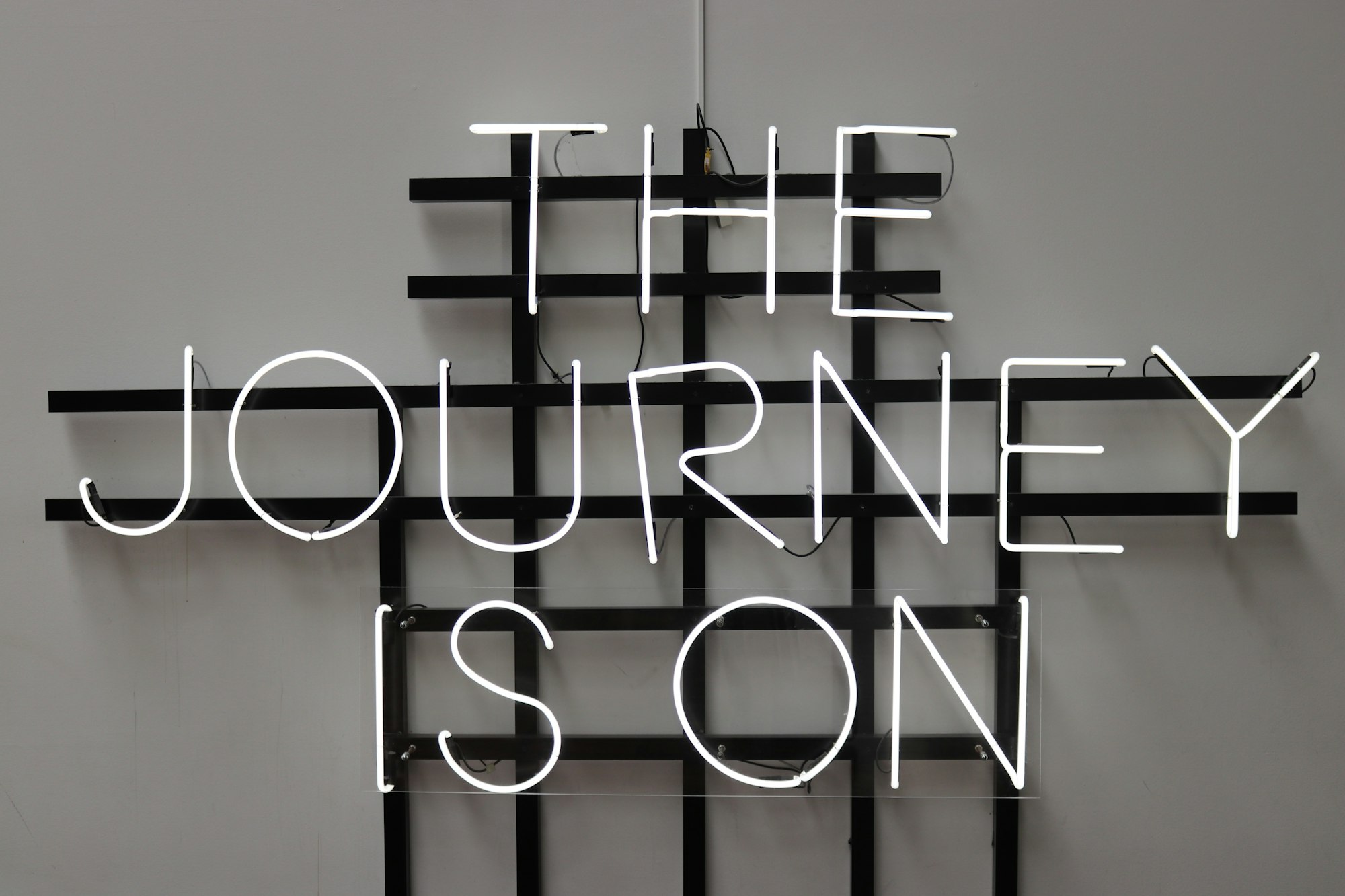Journey mapping
Getting it right is like winning the Lotto.

Over the weekend we ordered some groceries through the Woolies Dash app.
When the shopping arrived, the bags were broken, the delivery guy dropped some of the items on the floor - my wife was understandable irritated.
It wasn't the delivery guy's fault, he's just a part of a poorly thought through process; the customer journey process.
Every customer experience journey can be mapped out and consciously created to enhance the brand / customer relationship.
From the very first experience on an app, to the physical joy of opening packages when you get home - brands have the opportunity to map out and design each and every single interaction that they create with a customer. Yes, a brand has the power to create experiences that either delight, do-nothing or disappoint people.
It's not about simply ticking a system box however, rather it is about fully-understanding how a brand experience can surprise and delight at an emotional level...and going after creating that.
Some brands take this opportunity very seriously, while others clearly don't.
Right from the beginning of their existence in 2006, a brand like Yuppiechef took this opportunity super seriously.
Getting a package from Yuppiechef was consciously designed to make you feel just like it did when your Gran sent you a parcel when you were 5-years old (we know because we were a part of imagining and creating it).
Just getting what you ordered in an empty box was a wasted opportunity - what you got was a little surprise, a bit of care, a light touch of something something that made you feel like the person who packed your parcel was real and kind.
Journey mapping can be done by any brand - everyone has the opportunity to use their special moment with the person who chose to buy something from them as a wonderful stage of bonding.
It blows our minds that a big brand, like Woolies, can repeatedly (it's not the first time that the Woolies Dash experience has been so poor) screw this up so badly.
Journey mapping isn't hard, but is often overlooked.

